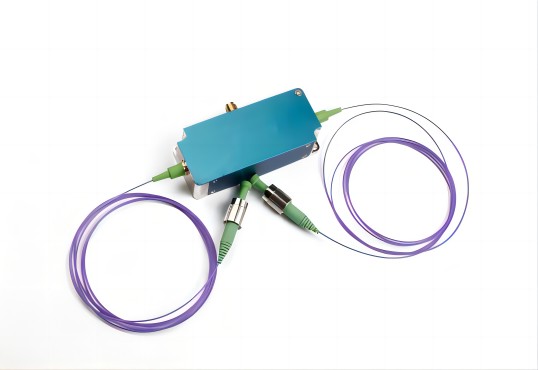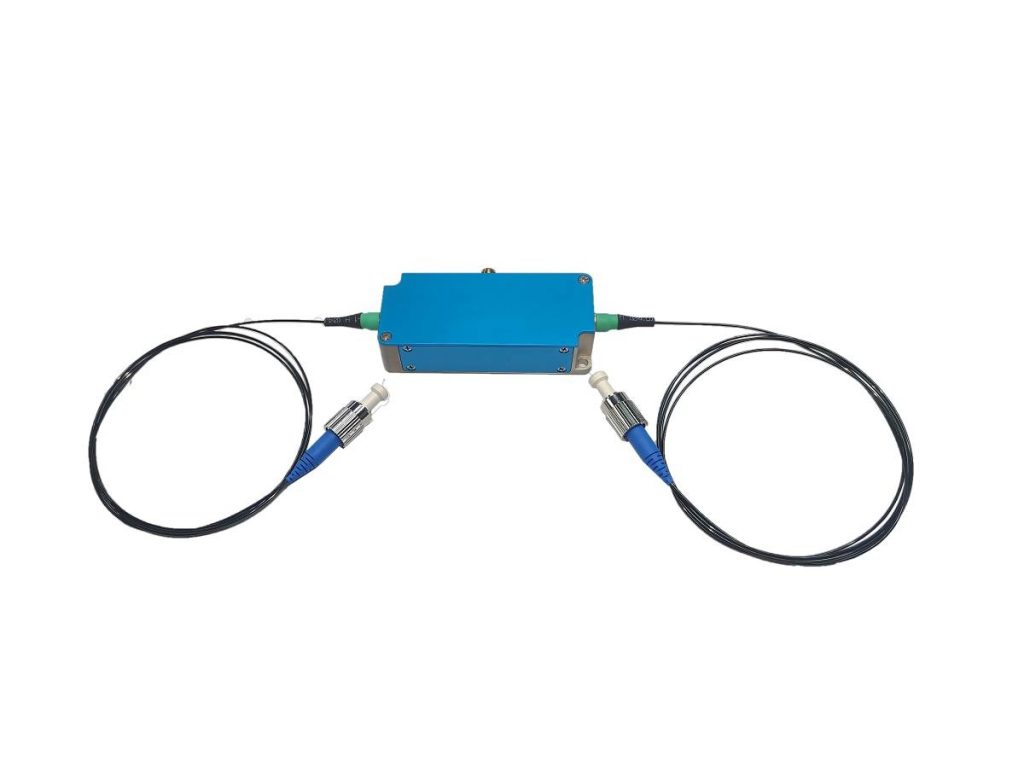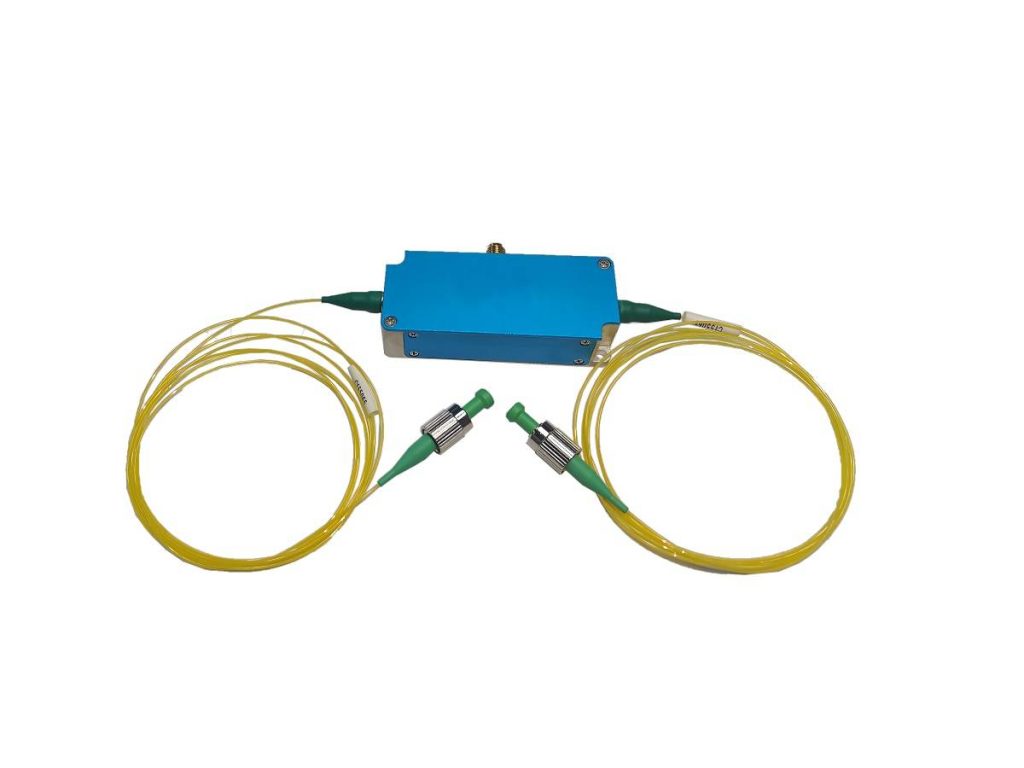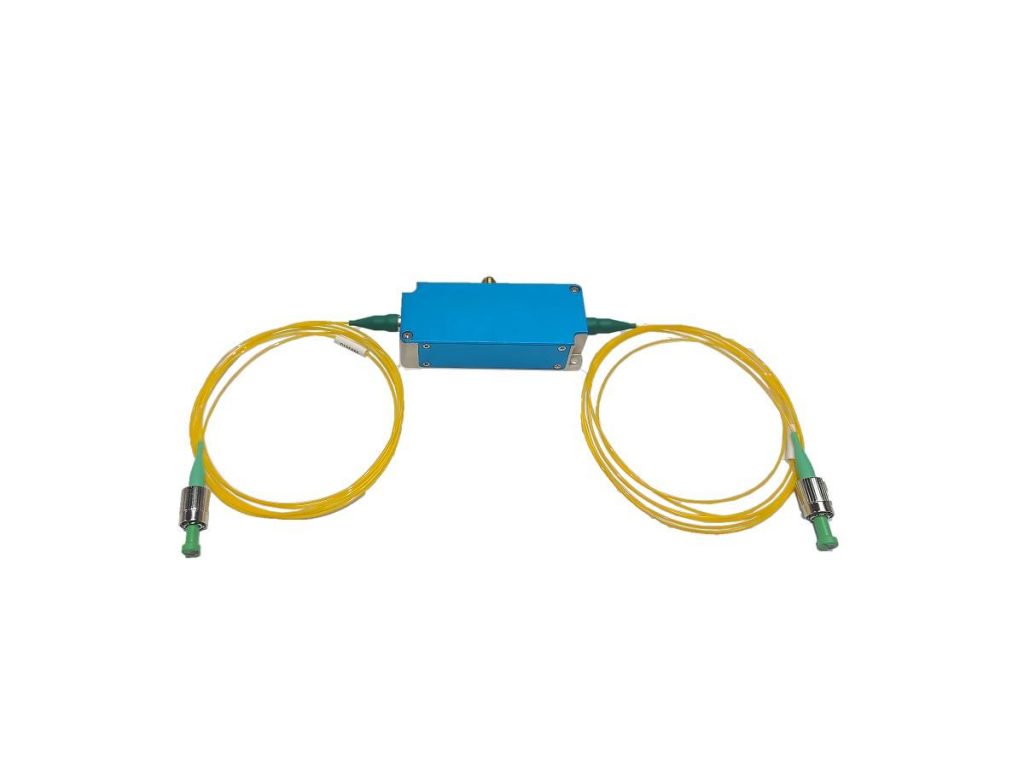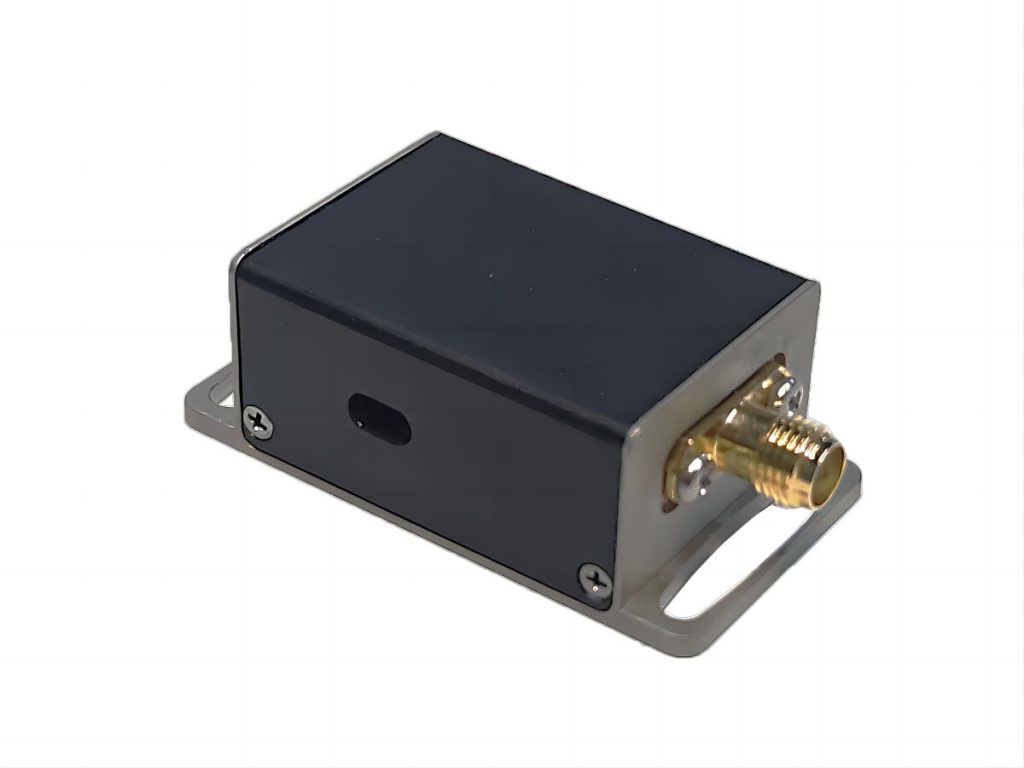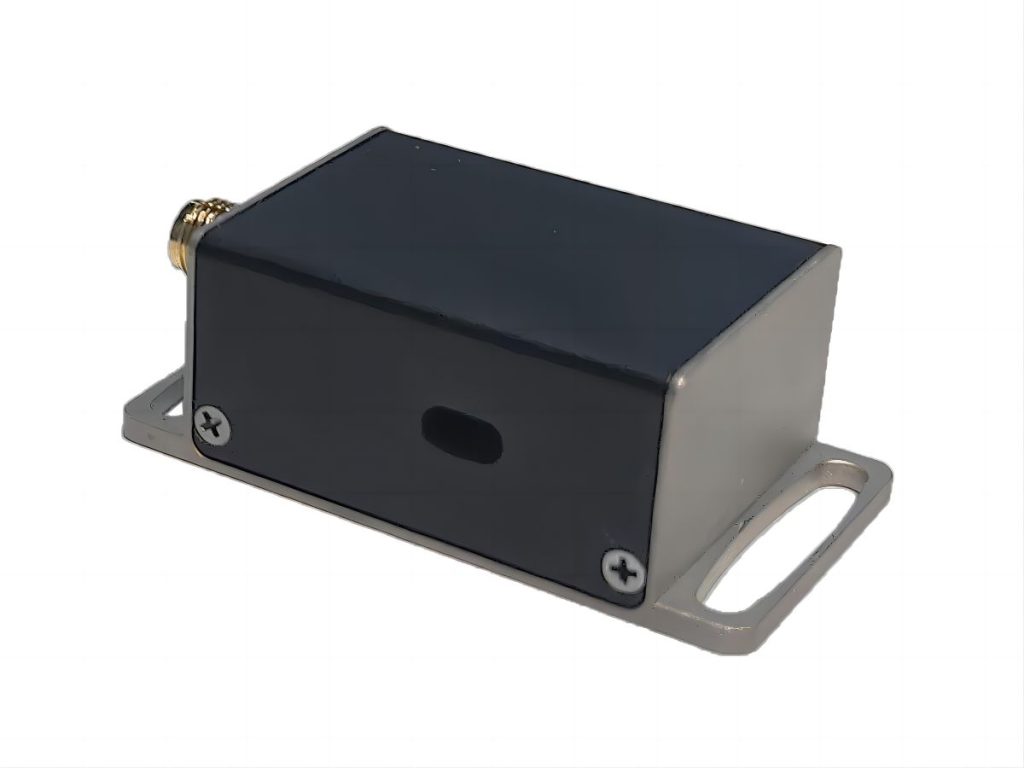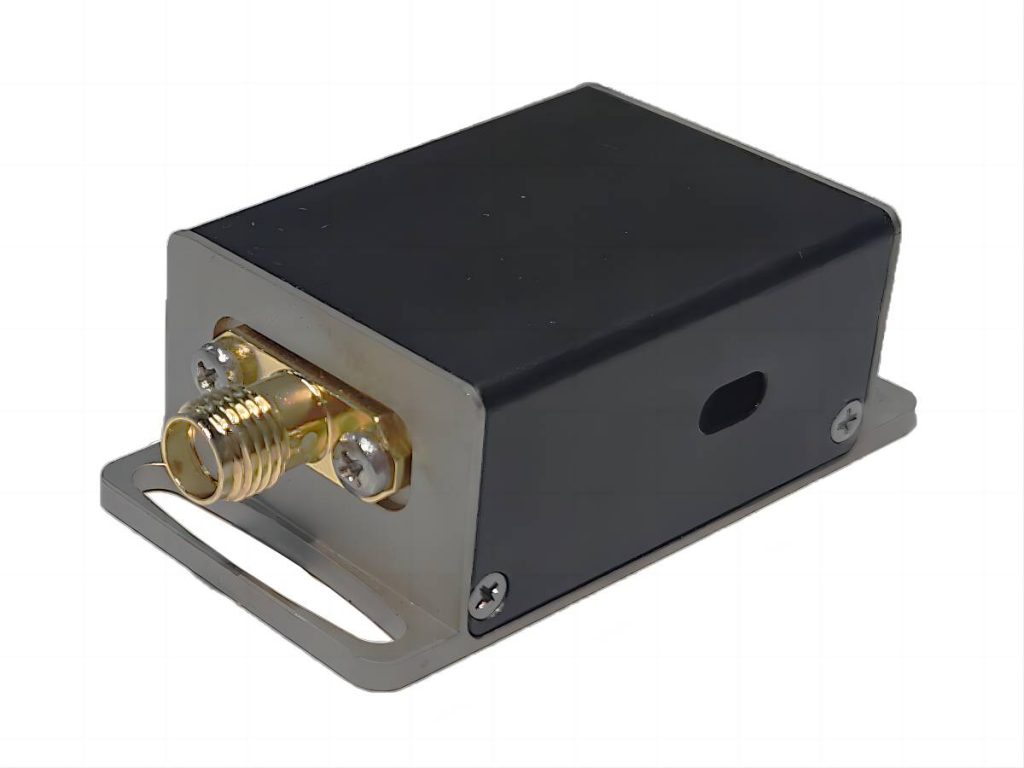Fiber AOM, AOFS, and AOD: Connections and Distinctions
Acousto-optic devices have become fundamental components in modern optical systems due to their versatility and precision in manipulating light. Among these devices, the fiber acousto-optic modulator (Fiber AOM), acousto-optic frequency shifter (AOFS), and acousto-optic deflector (AOD) stand out for their unique capabilities and applications. While all three devices are based on the acousto-optic effect, they differ significantly in their working principles, structural designs, and practical applications. This article delves into the connections and distinctions among these three types of acousto-optic devices.
Fiber Acousto-Optic Modulator (Fiber AOM)
The fiber acousto-optic modulator leverages the acousto-optic effect to modulate light waves within an optical fiber. This device introduces sound waves into the optical fiber through a piezoelectric transducer, which converts radio frequency (RF) signals into acoustic waves. As these acoustic waves propagate through the fiber, they induce periodic variations in the refractive index of the fiber material. These variations act as a dynamic grating, altering the amplitude, or frequency of the light passing through the fiber.
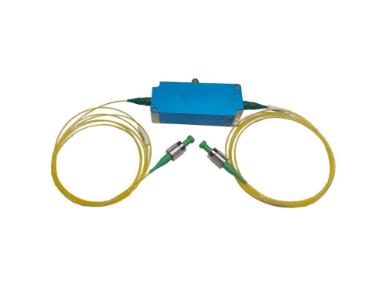
Acousto-Optic Frequency Shifter (AOFS)
The acousto-optic frequency shifter uses the acousto-optic effect to alter the frequency of light waves. It operates by generating ultrasonic waves within an acousto-optic crystal. These ultrasonic waves create a periodic variation in the refractive index of the crystal, forming a moving phase grating. When light passes through this grating, it undergoes Bragg diffraction, resulting in a shift in the frequency of the diffracted light.
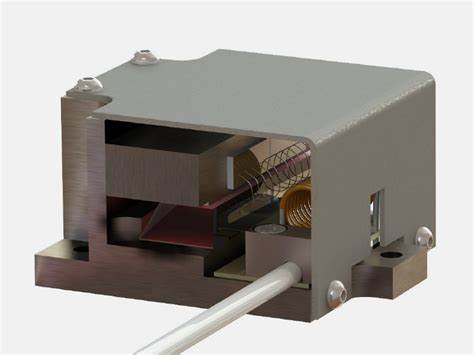
Acousto-Optic Deflector (AOD)
The acousto-optic deflector is designed to change the angle of a laser beam based on the interaction between light and sound waves. Similar to the AOFS, the AOD uses a piezoelectric transducer to generate sound waves in an acousto-optic crystal. These sound waves create a dynamic diffraction grating that can deflect the incident light beam. By varying the frequency of the RF signal driving the transducer, the angle of the diffracted light can be precisely controlled.
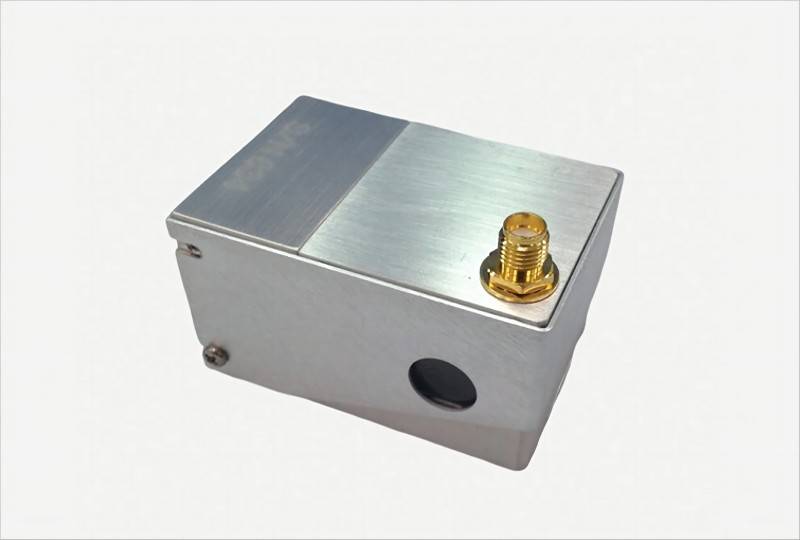
Connections and Distinctions Among Fiber AOM, AOFS, and AOD
All three devices—Fiber AOM, AOFS, and AOD—are based on the acousto-optic effect, which involves the interaction between light waves and sound waves within a medium. This interaction creates periodic variations in the refractive index of the medium, leading to modulation, frequency shifting, or deflection of the light waves. Fiber acousto-optic modulator focuses on modulating light waves in fiber, acousto-optic frequency shifter focuses on changing the frequency of light waves, and acousto-optic deflector focuses on deflecting and scanning light waves. Fiber acousto-optic modulators and acousto-optic frequency shifters are commonly used for modulation and frequency conversion of optical signals, while acousto-optic deflectors are used for beam deflection and scanning. In addition, acousto-optic frequency shifters and acousto-optic deflectors typically use acousto-optic crystals, while fiber acousto-optic modulators involve the propagation of sound waves in optical fibers.
Although both fiber AOM and AOFS are based on the acousto-optic effect, they differ in structure, mainly reflected in the following aspects:
- Integration method: Fiber AOMs typically couple acousto-optic crystals with optical fibers for direct modulation of optical signals within the fibers. This structure allows optical signals to be modulated inside the fiber, avoiding complex alignment issues in free space transmission. In contrast, acousto-optic frequency shifters may not be directly coupled to optical fibers, but are designed to operate in free space to change the frequency of the beam.
- Application focus: Fiber AOMs focus on providing a compact and robust solution for modulation and frequency variation of fiber lasers, allowing direct control of laser output time, intensity, and time shape. The AOFS, on the other hand, focuses more on achieving precise adjustment of the beam frequency and is commonly used in applications such as frequency conversion or spectral analysis in optical communication systems.
- Structural design: The design of fiber AOM usually takes into account the requirements of fiber coupling, which may include specialized fiber collimators and connectors to optimize the transmission efficiency and coupling loss of optical signals in the fiber. The design of AOFS focuses more on the frequency displacement effect generated by sound waves in acousto-optic crystals, which may include optimizing the design of sound wave generators and transmission paths.
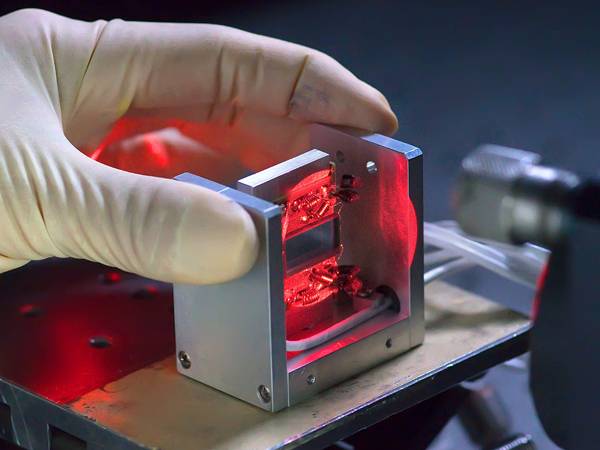
Key Issues Addressed by Acousto-Optic Deflectors in Practical Applications
Acousto-optic deflectors (AODs) have revolutionized various fields by providing a non-mechanical method for controlling and deflecting laser beams. In practical applications, AODs solve several critical problems that traditional mechanical deflectors struggle with:
- Reduction of Vibration and Noise: One of the primary advantages of AODs over traditional mechanical deflectors is their ability to operate without vibration and noise. Traditional mechanical deflectors often rely on moving parts, which generate significant vibrations and noise, potentially disrupting high-precision applications. AODs, on the other hand, use sound waves within a crystal to achieve deflection, eliminating the need for mechanical movement. This results in a quieter and more stable operation, making AODs ideal for environments that require high precision and minimal interference.
- Enhanced Scanning Speed: AODs offer significantly higher scanning speeds compared to traditional mechanical scanning systems. Mechanical deflectors are limited by the inertia of their moving parts, which restricts their speed and responsiveness. In contrast, AODs can change the deflection angle of the laser beam almost instantaneously by varying the frequency of the acoustic waves. This capability is crucial for high-speed imaging and data acquisition applications, where rapid scanning is essential for capturing fast-moving or transient phenomena.
- Improved Temperature Stability and Extinction Ratio: AODs exhibit superior temperature stability and extinction ratios compared to electro-optic devices. Temperature fluctuations can affect the performance of optical components, leading to inaccuracies in measurements and signal degradation. AODs are less sensitive to temperature changes, maintaining stable performance across a wide temperature range. Additionally, they offer high extinction ratios, which means they can effectively differentiate between deflected and non-deflected light, resulting in clearer and more precise measurements.
- Sensitivity to Polarization: AODs are particularly sensitive to the polarization direction of the light beam. This characteristic allows for optimized deflection efficiency by aligning the laser beam’s polarization with the AOD’s requirements. However, it also necessitates careful consideration of the laser beam’s polarization state during operation. This sensitivity can be leveraged to achieve highly efficient deflection in applications where control over the polarization state is feasible.
- Adaptability to a Wide Spectral Range: AODs can operate across a broad spectral range, from ultraviolet (UV) to infrared (IR), making them versatile tools for various laser applications. This wide adaptability allows AODs to be used with different laser sources and wavelengths, enhancing their applicability in diverse fields such as spectroscopy, medical imaging, and optical communication.
- Absence of Mechanical Moving Parts: The design of AODs typically excludes mechanical moving parts, which increases their reliability and reduces maintenance needs. Mechanical systems are prone to wear and tear, requiring regular maintenance and replacement of components. In contrast, AODs, with their solid-state nature, have fewer points of failure and longer operational lifetimes, resulting in lower maintenance costs and increased system uptime.
- High Real-Time Responsiveness and Precision: AODs provide real-time beam deflection and scanning with high precision. This capability is vital for tasks that require immediate feedback and accurate control, such as real-time monitoring, precision measurements, and adaptive optics. The rapid response time of AODs ensures that they can keep up with dynamic changes in the system or environment, maintaining high accuracy throughout.
- Dynamic Programmability: AODs can dynamically adjust the deflection angle electronically, offering flexible and programmable beam control. This feature is particularly useful for generating complex scanning patterns and adapting to dynamic environments. For instance, in optical trapping and manipulation, AODs can be programmed to create intricate beam patterns to manipulate microscopic particles or biological specimens with high precision.
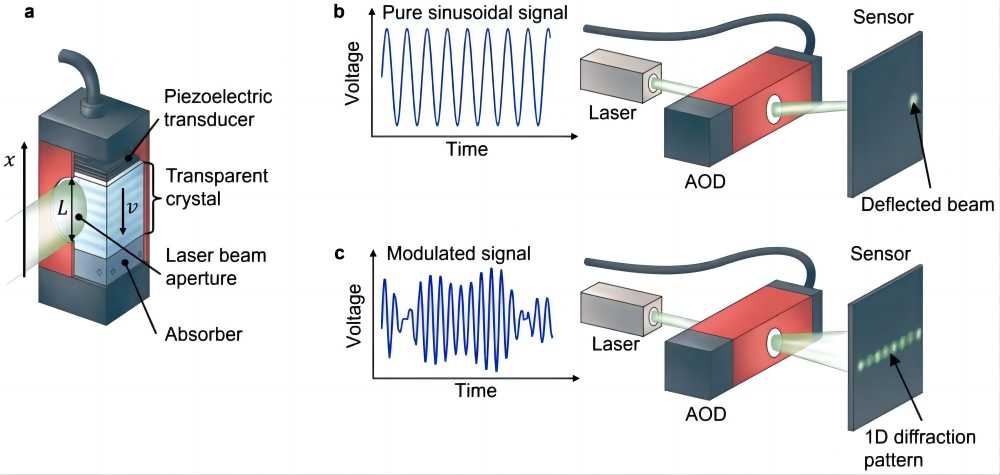
Applications of Acousto-Optic Frequency Shifters in Spectroscopy
Acousto-optic frequency shifters (AOFS) play a crucial role in various spectroscopic applications due to their ability to precisely and rapidly alter the frequency of light. Here are some of the primary applications of AOFS in the field of spectroscopy:
1.Laser Doppler Vibration Measurement
One of the significant applications of AOFS is in laser Doppler vibration measurement. Integrating an AOFS into an interferometer makes it possible to measure objects’ vibration velocity. The AOFS introduces a frequency shift to the laser beam in one arm of the interferometer. As the beam recombines, any Doppler shifts caused by vibrations in the object lead to a detectable frequency difference. This technique extends the range and enhances the precision of laser velocimeters, making it indispensable for applications requiring accurate vibration analysis, such as structural health monitoring and material testing.
2. Spectral Scanning
AOFS is highly effective for spectral scanning, particularly when tunable lasers are not available. It allows for rapid scanning of a specific frequency range using fixed-frequency single-mode lasers. This rapid scanning capability improves the frequency coverage and resolution in laser spectroscopy, enabling detailed analysis of spectral features. This is especially useful in environments where precise control over the laser wavelength is essential, such as in high-resolution spectroscopy and environmental monitoring.
3.Optical Heterodyne Detection
In optical heterodyne detection, AOFS is used to shift the optical frequency of the laser beam. This frequency shift is crucial for detecting minute changes in the optical signal, which is fundamental in various interferometric techniques. By providing a stable and adjustable frequency offset, AOFS enhances the sensitivity and accuracy of these measurements, making it a valuable tool for applications such as optical coherence tomography and high-precision metrology.
4.Laser Cooling and Spectral Analysis
AOFS is also employed in laser cooling experiments and spectral analysis. By altering the laser frequency, AOFS can control the energy transitions of atoms or molecules, facilitating laser cooling processes. This precise frequency control is essential for manipulating atomic and molecular states, leading to applications in quantum optics and atomic physics. Additionally, in spectral analysis, AOFS allows for fine-tuning the laser frequency to probe specific transitions, improving the accuracy and detail of the spectral data obtained.
5.Laser Radar (Lidar)
In lidar systems, AOFS is used to achieve frequency scanning of the laser beam, which enhances the resolution and detection range of the system. By rapidly shifting the frequency of the emitted laser pulses, AOFS enables more precise distance measurements and better discrimination of targets at different ranges. This capability is vital for applications in remote sensing, atmospheric studies, and autonomous vehicle navigation, where high-resolution and accurate distance measurements are required.
These application scenarios highlight the multifunctionality and critical role of AOFS in the field of spectroscopy. By providing stable and adjustable frequency shifts, AOFS has become an indispensable tool in spectroscopic research, particularly in experiments requiring precise control and rapid scanning of optical frequencies.
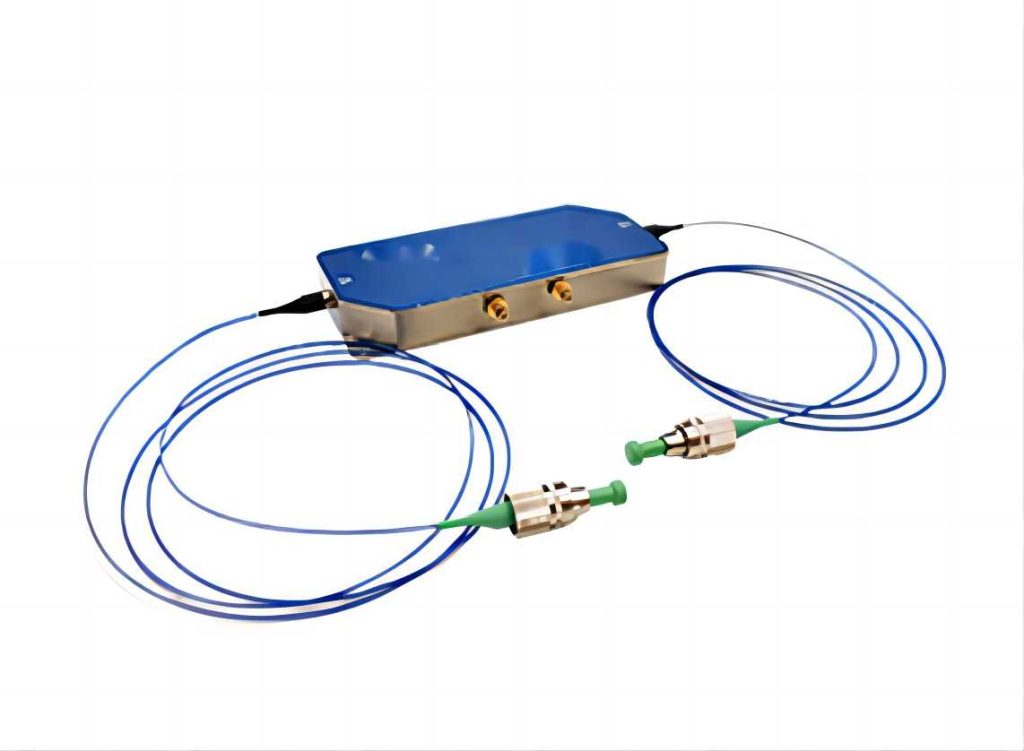
Performance Parameter Differences Between Fiber AOMs and AOFS
Although fiber AOM and AOFS both operate based on the acousto-optic effect, they differ significantly in their design and performance parameters. Here are some of the key differences:
1.Insertion Loss
Fiber acousto-optic modulators are specifically designed for fiber optic applications, resulting in typically lower insertion loss. This design minimizes the loss of optical signals during transmission, making them ideal for long-distance communication applications. On the other hand, AOFS may have higher insertion loss because their design prioritizes achieving precise frequency shifts rather than minimizing signal loss. This higher insertion loss is often acceptable in applications where the primary goal is frequency modulation rather than long-distance transmission.
2.Extinction Ratio
AOMs generally exhibit a higher extinction ratio, which means that the unmodulated light component is significantly reduced during modulation. This high extinction ratio is advantageous for clearly distinguishing the modulated signal from any residual unmodulated light, enhancing signal clarity. AOFS also have good extinction ratios, but the specific values can vary depending on the design and application. The extinction ratio in AOFS is crucial for applications requiring precise frequency discrimination and minimal interference from unshifted light components.
3.Response Time
The response time of fiber acousto-optic modulators is typically faster, which is essential for applications requiring high-speed modulation. The quick response time allows for rapid changes in the modulation signal, making AOMs suitable for dynamic optical systems. AOFS also have relatively fast response times, sufficient to meet the needs of most applications. However, their response times are designed to balance the requirements of accurate frequency shifting and system responsiveness.
4.Frequency Range
AOFS are designed with a specific frequency range to achieve the desired frequency shift in the optical signal. This range can vary depending on the device’s design and intended application. Fiber acousto-optic modulators, while also capable of frequency adjustment, often provide greater flexibility in tuning within the context of fiber optic systems. This flexibility allows for more versatile use in varying optical communication setups and experimental configurations.
5.Deflection Angle
In the design of AOFS, the deflection angle is considered to ensure that the frequency shift does not degrade the quality of the optical signal. The deflection angle is critical in applications where maintaining signal integrity during frequency modulation is essential. Fiber AOMs, however, do not typically emphasize the deflection angle as they primarily focus on modulating the signal within the optical fiber, where deflection is not a primary concern.
6.Power Handling Capability
The power handling capability is a crucial performance parameter for both AOMs and AOFS. Different designs will have varying maximum input optical power and RF power limits. Fiber AOMs are often designed to handle higher optical powers to accommodate the demands of fiber optic communication systems. AOFS, while also capable of handling significant power levels, are optimized for maintaining accurate frequency shifts under varying power conditions.
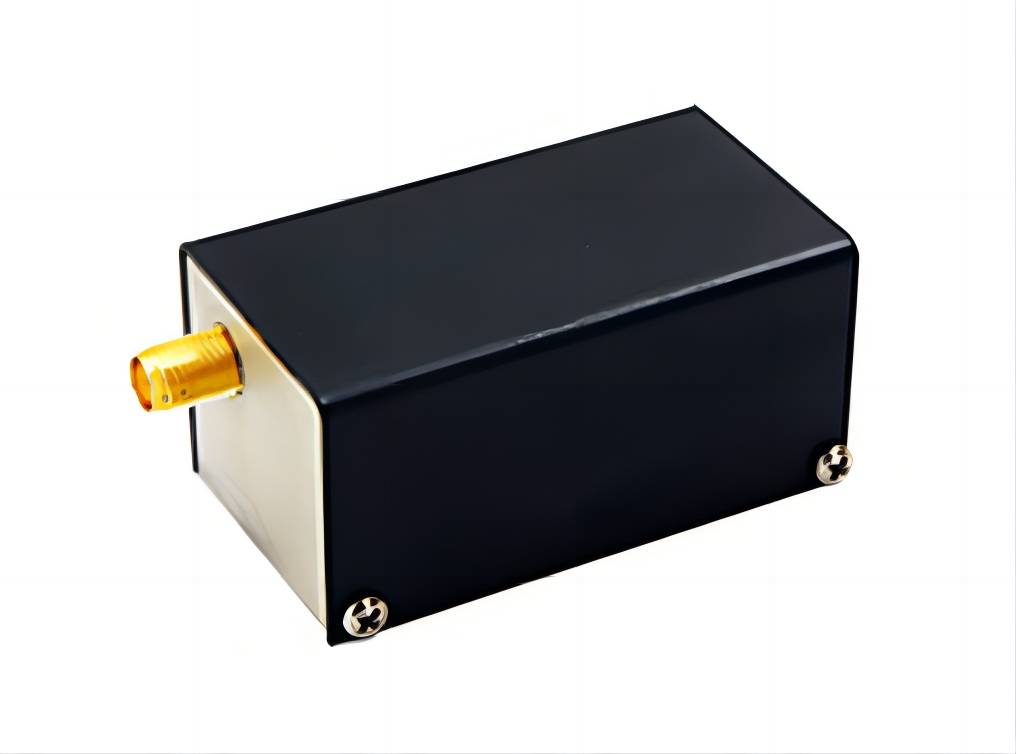
Conclusion
In summary, the fiber acousto-optic modulator, acousto-optic frequency shifter, and acousto-optic deflector are all based on the acousto-optic effect but serve distinct purposes within optical systems. The fiber AOM focuses on modulating light within optical fibers, the AOFS specializes in shifting the frequency of light waves, and the AOD is designed for beam deflection and scanning. Despite their differences, these devices share a common foundation in the acousto-optic effect and contribute significantly to advancements in optical communication, laser systems, and imaging technologies. Understanding their unique capabilities and applications is crucial for optimizing their use in various scientific and industrial fields.

